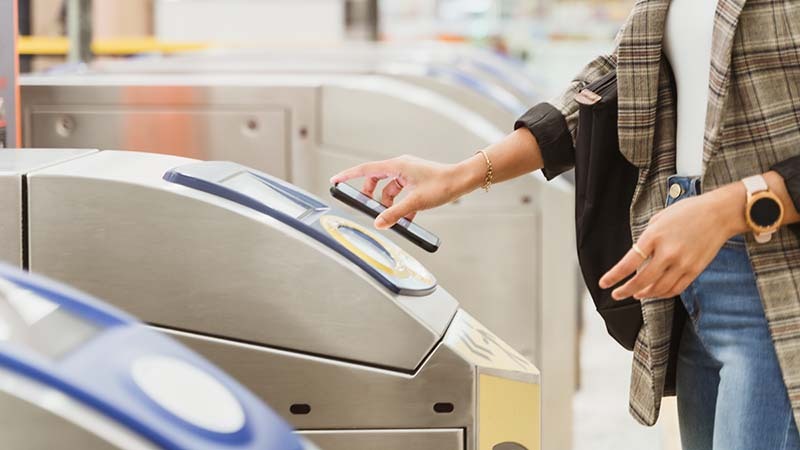Miami, March 14, 2023 - Visa (NYSE: V), the world’s leader in digital payments, continues to reimagine the urban transit experience with a focus on inclusive, sustainable, and interconnected transportation. With the goal of uplifting communities and growing economies, Visa continues to expand contactless technology in public transportation across Latin America and the Caribbean to provide more ease, security, and convenience for riders at the time of travel. The efforts also stand for Visa’s ongoing commitment to expand access to digital technology and promote financial inclusion in the region, providing an opportunity for the underbanked and unbanked to become familiar with the technology and participate in the mainstream economy.
“Our efforts in urban mobility are transforming the way people pay for their transit fares, modernizing and simplifying processes to make it more convenient and secure to get around,” said Romina Seltzer, Head of Product and Innovation for Visa Latin America and the Caribbean. “We are committed to continue making communities and economies more inclusive by expanding access and bridging gaps with secure, accessible and easy-to use solutions that can uplift everyone, everywhere.
”Contactless payment technology in transit, enables riders to pay for fares by simply tapping their contactless credit, debit, prepaid cards or payment-enabled devices (i.e., wearables), eliminating the need for separate transit cards or handling cash. Visa has been expanding the use of digital payments in Latin America with mass transit projects in Brazil, Mexico, the Dominican Republic, Guatemala, Colombia, Peru, Costa Rica and now, in Panama, which becomes the eighth country in Latin America, and the third, in Central America to enable contactless payments in the public transport service. The technology is already gaining popularity amongst riders in Latin America, as Visa’s network has processed more than 20 million tap-to-ride transactions on transit systems in Latin America & the Caribbean, from January 2020 through January 2023, according to VisaNet data.
The most recent project to go live, allows Panamanians to use their Visa credentials enabled with contactless technology to pay for tickets on lines 1 and 2 of the Metro. This is the first part of an innovative pilot plan designed to provide greater convenience, speed and security for riders, and facilitate multiple payment options for consumers, who increasingly feel more comfortable using digital payment methods. Visa data shows that contactless payments in Panama represent more than 73% of all face-to-face transactions.
While in Brazil, where Visa first pioneered mass transit solutions in Latin America, there is an entire transport ecosystem that has been built around contactless. Riders in Rio de Janeiro can jump from the metro to the ferry and park their car at a nearby parking lot, all with just simply tapping their favorite contactless payments credential – no cash, no multiple fare cards.
In Costa Rica, the usage of digital payments in transit has grown rapidly. In just two years since its initial inception, Visa surpassed the one million payment transaction milestone to access and pay for transit fares in designated trains and bus routes of the Costa Rica Railway Institute (Incofer), according to Visa data. The implementation marks a before and after in the form of payment for transit service in Costa Rica, taking a daily payment process to the next level of innovation. Guatemala, which began by enabling contactless payments for mass transit service with TransMetro, recently announced an expansion into the municipality of Santa Catarina Pinula. With this, riders of Transpinula (municipal public transit service) can pay for service using their Visa credentials, making the process friction-free and far more secure.
Visa’s public transit initiatives are developed under a global interoperable model, through which train and bus riders can use contactless payment methods from anywhere in the world. Since the launch of the technology in 2011, Visa has activated more than 650 contactless public transport projects worldwide and has more than 350 projects in the pipeline. The company remains committed to continue to work alongside partners, governments, issuers, and public transport entities to create more digital, inclusive, and connected cities for all.
